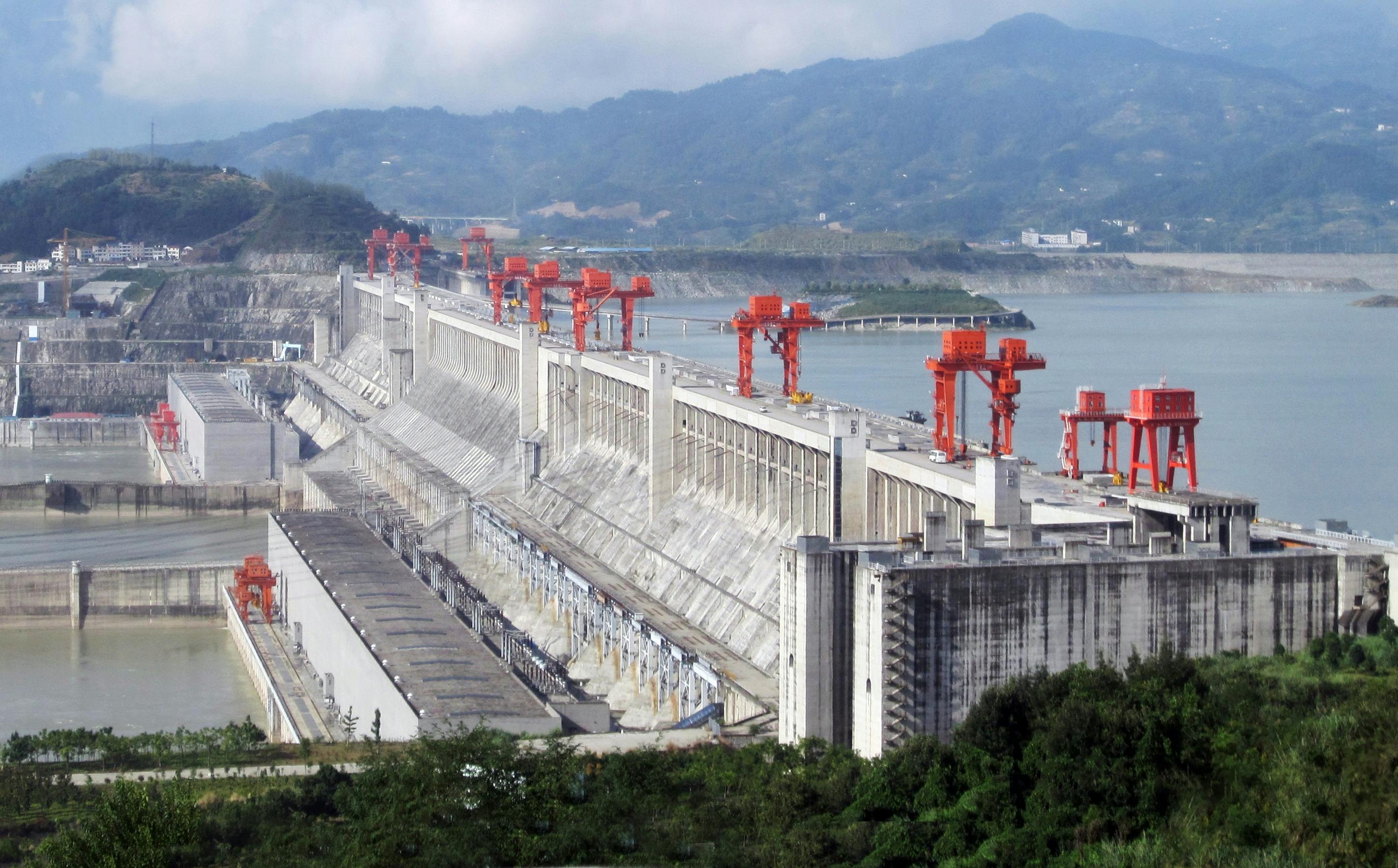
TAGTIK NEWS - TO THE POINT
Gigantic Chinese dam makes each day a little longer for all of us

With the construction of the 'Three Gorges Dam' and the accompanying largest power station in the world, China has ensured the Earth's rotation slows down.
It is a hydroelectric power station on the Yangtze River, located to the west of Wuhan. The dam stands 175 metres above sea level and resulted in 1.5 million people in China having to leave their homes. To realise the project, 13 cities and 140 villages in the country were flooded.
Space organisation NASA already expressed its concerns about this megalomaniac project on the website of the Earth Observatory: "During the planning and implementation, concerns were raised about its major environmental impacts, the displacement of 1.2 million people, and the flooding of 13 cities, more than 1300 villages, archaeological sites and hazardous waste landfills."
"Environmental concerns include increased seismicity due to water load, landslides, changing ecosystems, increasing pollution, higher risk of waterborne diseases, and changes in the salinity of the Yangtze River estuary."
Moreover, this dam, completed in 2012, is said to affect the rotational movement of planet Earth during its journey through the cosmos. NASA explains that enormous changes in the location of mass on Earth can indeed have small influences on the Earth's rotation.
Dr. Benjamin Fong Chao, a geophysicist at NASA's Goddard Space Flight Centre, explains on the website of NASA that the gigantic dam has a capacity of 40 cubic kilometres. That is equivalent to a staggering 10 trillion gallons of water. According to the space agency, at its fullest point, the Chinese dam creates only a very small resistance against the rotation of the Earth, thereby making the day longer. According to Dr. Chao's calculations, this would make the day 0.06 microseconds longer and shift the Earth's pole position by about two centimetres.
(SR - Source: NASA/Ladbible - Illustration: ©Photo by Le Grand Portage - Derivative work Rehman via Wikimedia Commons under license CC BY 2.0)
LATEST NEWS

Jafar Panahi Wins New York Award and is Sentenced to Prison by Iran

Born on December 2: Peter Kingsbery, founder of Cock Robin with firebrand Ana LaCazio

Born on December 1: Julee Cruise, "Twin Peaks'" haunting voice

Born on December 1st: Alain Bashung, French rock poet who waited a long time for success

Born on November 30: Billy Idol, the (kind) rebel of Generation X

Born on November 28: Randy Newman tells stories and makes movies
Quick links